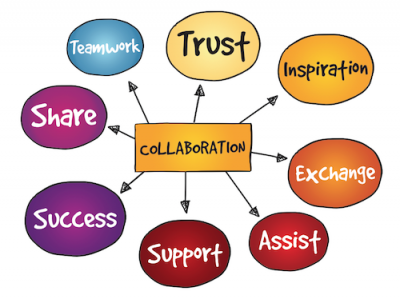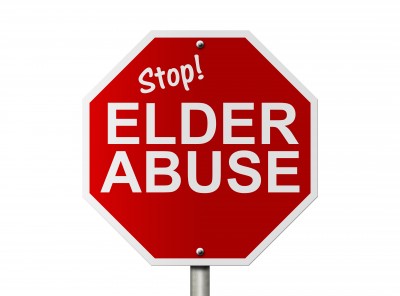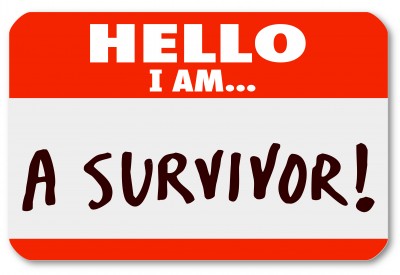 Our hyper competitive, profit driven business world often scoffs at the idea of collaboration. I supposed I’m naive, but I want to think that those in senior care are more passionate and compassionate about working with others for the greater good. I still believe this is true for most of us. Working well with others almost always comes back to us ten fold. This is true in life and business.
Our hyper competitive, profit driven business world often scoffs at the idea of collaboration. I supposed I’m naive, but I want to think that those in senior care are more passionate and compassionate about working with others for the greater good. I still believe this is true for most of us. Working well with others almost always comes back to us ten fold. This is true in life and business.
If there is any field that begs for creative problem solving it’s senior care. We’re helping elders and families navigate rough seas. More often than not, these circumstances don’t fit neatly in a box with easy solutions. Instead there are complex decisions to be made at every juncture.. not just from families but from those who are serving this client base.
Collaboration is the action of working with someone to create or produce something. If we look at the power of collaboration in creative problem solving, it only makes sense that those in this industry and those who service this industry need to be doing a whole lot more collaborating.
The geriatric population of the United States is growing rapidly, and the senior care industry is expanding to meet that increasing demand.
By U.S. Census Bureau estimates, there will be 83.7 million people over the age of 65 in the nation by the year 2050 – that is almost double the population of people that age in 2012. The ‘baby boomer’ generation began turning 65 in 2011. By 2050, any surviving baby boomers will be over the age of 85.
Many aspects of the senior care industry will likely advance and expand rapidly as the population continues to age.
The global elderly care services market was $629 billion in 2014, according to Grand View Research, with institutional care services accounting for about half that market. Growing at a compound annual growth rate (CAGR) of 6.1%, the global market will likely reach $1.2 billion by 2022; home health and personal care will likely experience tremendous growth during this period.
This phenomenal growth will most definitely open unlimited doors for those who see the need to better serve their customers by working well with others. None of us can operate in a vacuum, and certainly not in an industry that will continue to evolve as new generations require different levels of care, workforce preparedness will become increasingly paramount, and staff shortages across the spectrum will mean all of us must be prepared to connect and collaborate.
Pam Brandon is President/Founder of AGE-u-cate Training Institute. Collaborating with an international network of Master Trainers in providing innovative training for front line care staff, families and clinicians, AGE-u-cate is transforming the landscape with experiential tools to improve care for those with dementia.
 Elder Abuse is a serious problem that needs more attention from lawmakers, public agencies, senior care providers, faith communities and the general public.
Elder Abuse is a serious problem that needs more attention from lawmakers, public agencies, senior care providers, faith communities and the general public.
